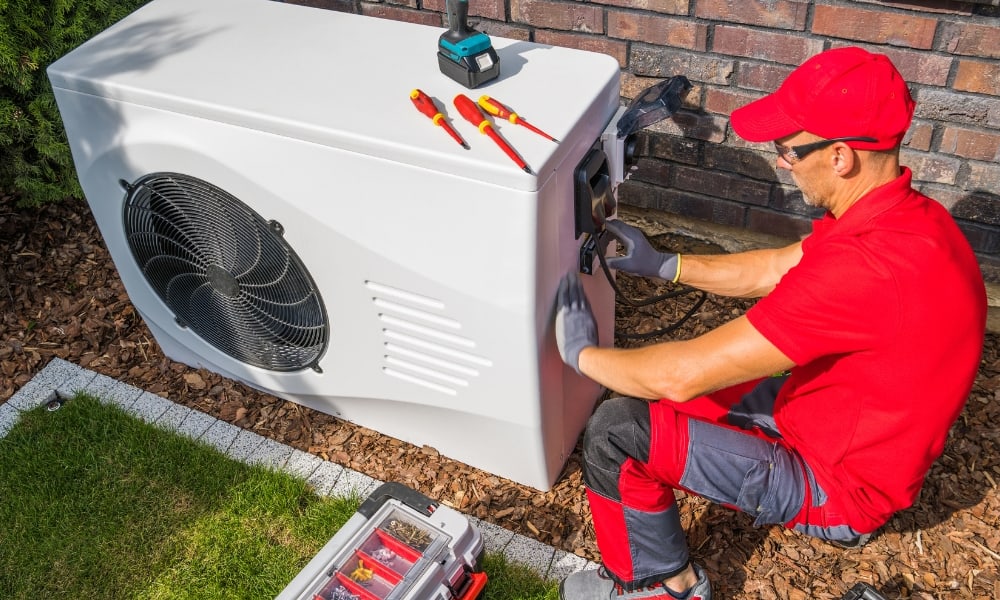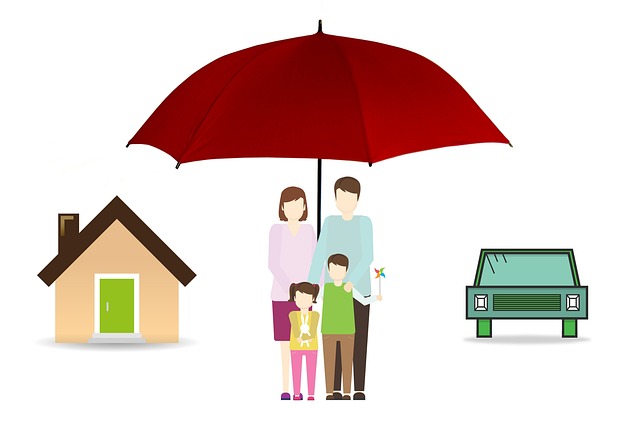Air Condition Repair: Practical Guide for Homeowners
A malfunctioning air conditioning unit can disrupt comfort and create stress, especially during hot months. This guide explains common causes, when to call for AC repair, basic troubleshooting steps you can safely try, how regular HVAC maintenance reduces risks, and what to expect from emergency repair services. The goal is clear, practical information to help you make informed choices about your cooling system.

What causes air conditioning issues?
Air conditioning problems stem from mechanical wear, electrical faults, or airflow restrictions. Common issues include refrigerant leaks, a faulty compressor, clogged filters, frozen evaporator coils, and broken fans or motors. Environmental factors such as dust, pollen, or debris around outdoor units can reduce efficiency. Regular inspections and monitoring system performance — watching for reduced cooling, strange noises, or higher energy use — help identify issues before they escalate and protect overall system longevity.
When should you seek AC repair?
Seek AC repair when performance declines, such as uneven cooling, persistent warm air, repeated short cycling, or unusual smells and sounds. If your thermostat is unresponsive or the system won’t start, professional diagnostics are advised. For recurring problems after a temporary fix, or when repairs involve refrigerant handling, electrical components, or sealed-system repairs, a licensed technician is the safer and more reliable choice than attempting complex fixes yourself.
How does HVAC maintenance help?
Regular HVAC maintenance preserves efficiency and prevents many common failures. Typical tasks include cleaning or replacing filters, checking refrigerant levels, inspecting electrical connections, lubricating moving parts, and verifying thermostat calibration. Seasonal tune-ups can uncover hidden issues like small leaks or worn belts before they cause system failure. For systems covered by warranties, following recommended maintenance schedules may also be required to retain coverage and ensure the system operates as intended.
Can you troubleshoot a cooling system yourself?
Some basic troubleshooting steps are safe and effective for homeowners: check and replace dirty filters, ensure vents are open and unobstructed, confirm the thermostat is set correctly and has working batteries, and clear debris from the outdoor unit. Turn off power before inspecting the unit. Avoid attempting refrigerant repairs, electrical work, or removing panels that expose wiring — these tasks require certified technicians. Document symptoms, times of failure, and any error codes to share with a professional for faster diagnosis.
How to handle emergency repair situations?
Emergency repair situations include total system failure during extreme temperatures, burning smells, visible electrical sparking, or refrigerant leaks with symptoms like hissing and oily residue. In such cases, turn off the system at the thermostat and breaker, evacuate if there are signs of electrical hazards or strong chemical odors, and contact a licensed emergency repair service in your area. Confirm the technician’s credentials, ask about expected response time, and be prepared to describe the symptoms and recent maintenance history.
A basic understanding of common issues, safe troubleshooting, and the role of routine HVAC care helps reduce the need for urgent fixes and extends equipment life. Keep records of maintenance visits, receipts, and any parts replaced; these details assist technicians and support warranty claims. When choosing a service provider, prioritize licensed professionals who follow local regulations and environmental rules for refrigerant handling, and who provide clear estimates and written documentation of repairs.
Conclusion
Air condition repair encompasses a range of problems from simple filter changes to complex sealed-system or electrical repairs. Regular preventive maintenance and prompt attention to warning signs minimize downtime and preserve system efficiency. Homeowners can handle basic checks and safety steps, but licensed technicians should perform refrigerant work, electrical repairs, and comprehensive diagnostics. By combining informed DIY precautions with professional HVAC service, you can maintain a reliable cooling system and address emergency repair needs responsibly and safely.






